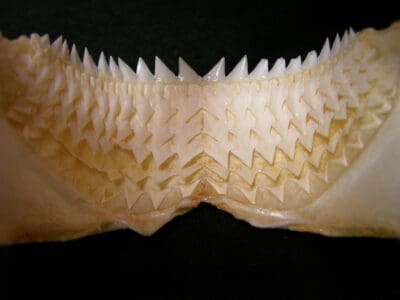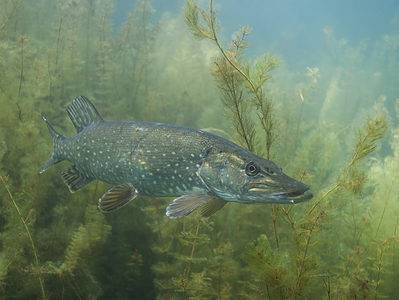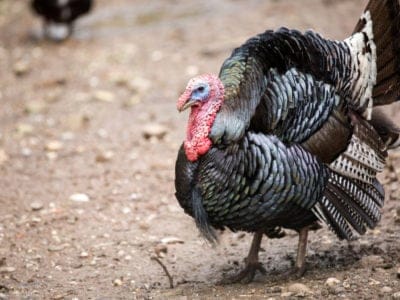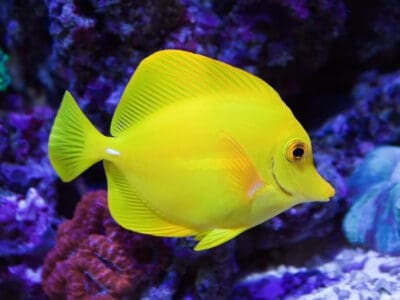Despite its small size Hawaii is one of the four most ecologically diverse US states, the others being California, Texas, and Alabama. It is estimated that over 21,000 species have been recorded in the Hawaii rainforest, surrounding ocean, and other locations.
Some of the most notable animals in Hawaii are manta rays, chameleons, dolphins, geckos, whales, and tiger sharks.
The Official State Animals of Hawaii
Hawaii is known for its unique culture and beautiful landscapes, but did you know that it also has official state animals? From the beautiful and graceful Hawaiian monk seal to the majestic and powerful nēnē, Hawaii’s state animals represent the natural beauty and diversity of the islands.
In this section, we’ll explore the fascinating history and characteristics of Hawaii’s state animals, and learn why they are so important to the people and the land of Hawaii.
As such an environmental hot spot it shouldn’t be surprising that Hawaii has many state animals.
The Official state bird of Hawaii: Nene
The Nene (Branta sandvicensis) is also known as the Hawaiian Goose. Though it is believed to be evolved from the Canadian Goose, the Nene is a different species and is exclusively found on the islands of Hawai’i, Kaua’i, Molokai, Maui, and Oahu. It features a black head, a white and black striped neck, and an alternating brown and white feather pattern.
The official state bird of Hawaii is the nēnē, also known as the Hawaiian goose. This unique bird is not only a symbol of the state’s natural beauty and diversity but also a testament to the power of conservation and preservation efforts.
The animal’s official IUCN status is vulnerable. ©Agami Photo Agency/Shutterstock.com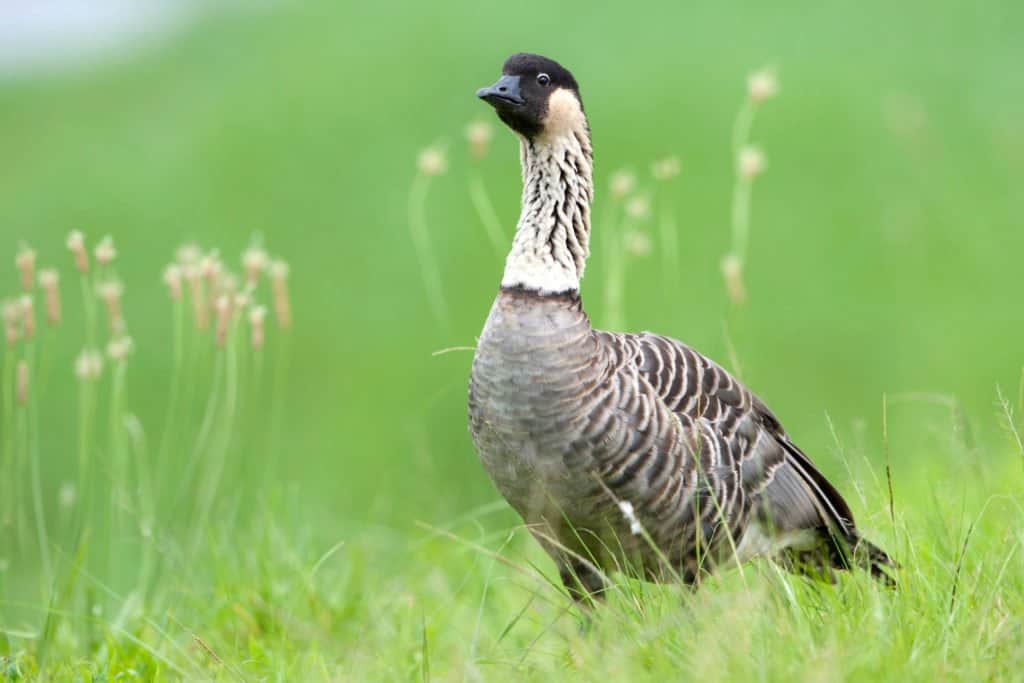
The Official fish of Hawaii: Humuhumunukunukuapua`a
The official fish of Hawaii is the Humuhumunukunukuapua`a (Rhinecanthus rectangulus), otherwise known as the Hawaiian triggerfish or reef triggerfish. a name that’s almost as distinctive as the fish itself. This colorful and unique fish is not only a symbol of the state’s ocean ecosystem, but also a beloved cultural icon that has inspired music, art, and even the state’s license plates.
This colorful fish has blue lips, a diagonal black marking down the side, and streaks of yellow along its back. They can grow to be about 12 inches in length and can be rather aggressive. There have even been reports of the fish biting nearby swimmers. After briefly lapsing as the state’s official fish in 1990 it was permanently reinstated in 2006 by the governor.
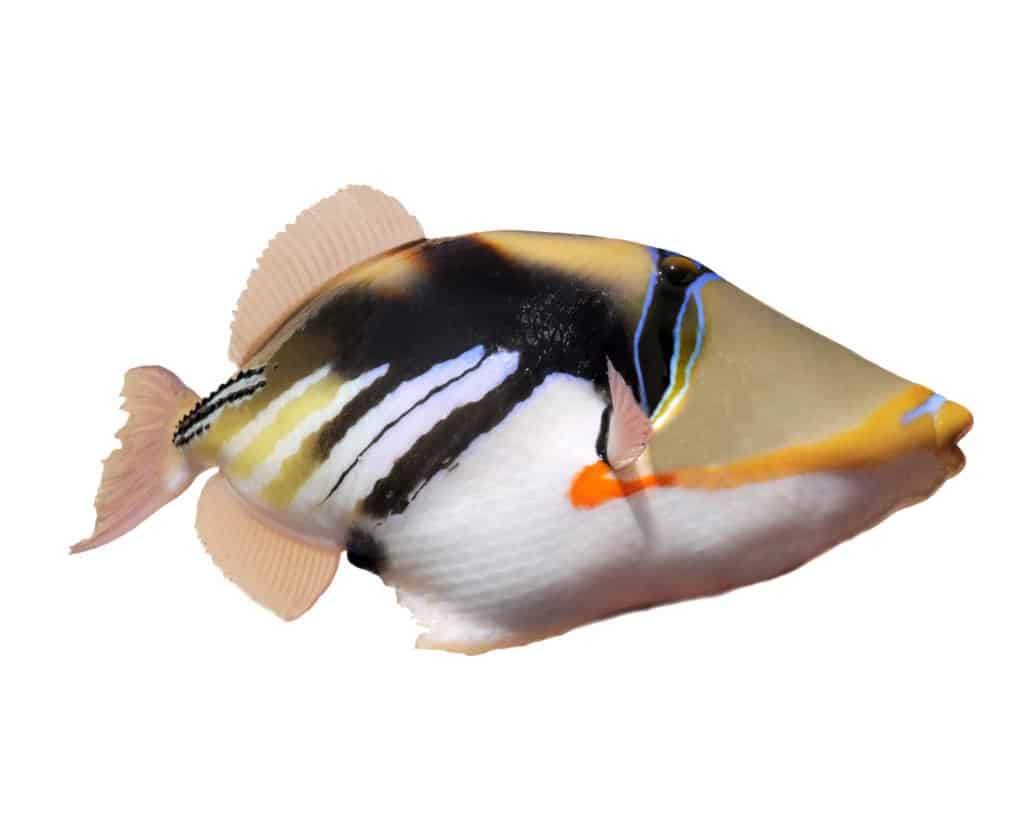
©Melissa Brandes/Shutterstock.com
The Official mammal of Hawaii: The Hawaiian Monk Seal
The Hawaiian Monk Seal (Neomonachus schauinslandi) is the official mammal of Hawaii, sort of. It is technically one of two official mammals but the other is specifically a marine mammal. Its native name is ʻIlio-holo-i-ka-uaua which translates to “dog that runs in rough water”. Hawaiian Monk Seals are endangered and native to the Hawaiian island region. They are the only native seal found in the area.
The Hawaiian monk seal is a critically endangered marine mammal that is endemic to the Hawaiian Islands. With an estimated population of just over 1,100 individuals, the Hawaiian monk seal is one of the rarest marine mammals in the world.
These seals are known for their distinctive appearance, with a sleek, black, or dark brown coat and large, soulful eyes. They are also known for their docile and curious nature, which has made them a popular subject for photographers and marine wildlife enthusiasts.
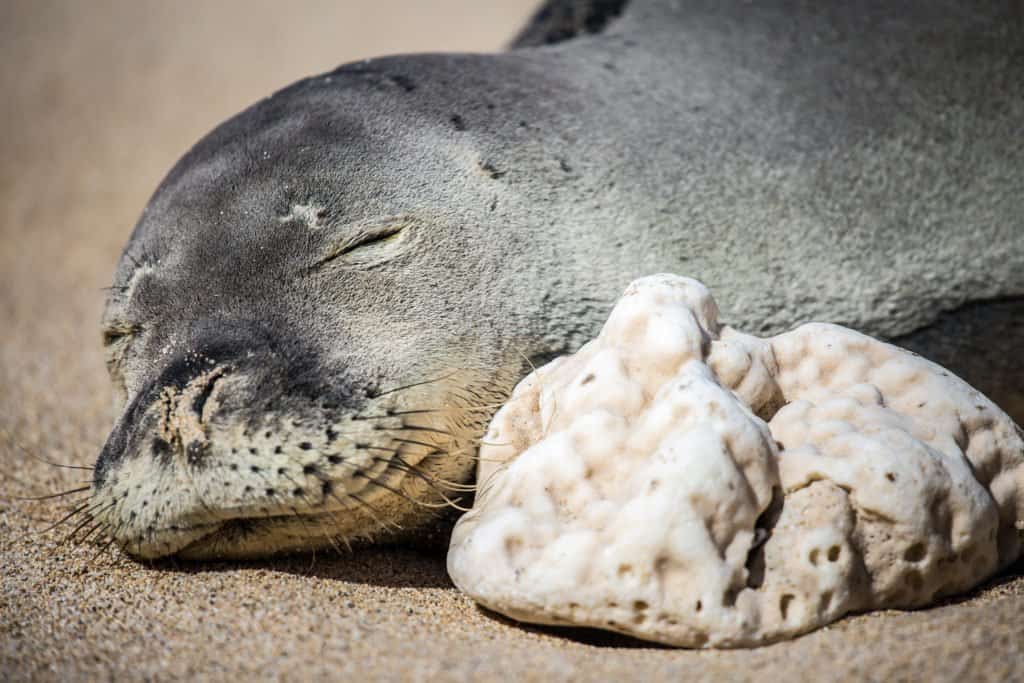
©Evan Austen/Shutterstock.com
The Official aquatic mammal of Hawaii: Humpback Whale
The humpback whale (Megaptera novaeangliae) is officially recognized as the official aquatic mammal of Hawaii, but it is also often considered the official overall state animal. Given the island’s deep connection with the ocean and related species, it is easy to see why.
The humpback whale has high cultural significance and is featured on many Hawaiian emblems including the trade dollar. The whale is believed to be one of the animals that aumakua or family ancestors could take shape of and appear in visions or dreams to provide guidance. Humpback whale and baby whale swimming together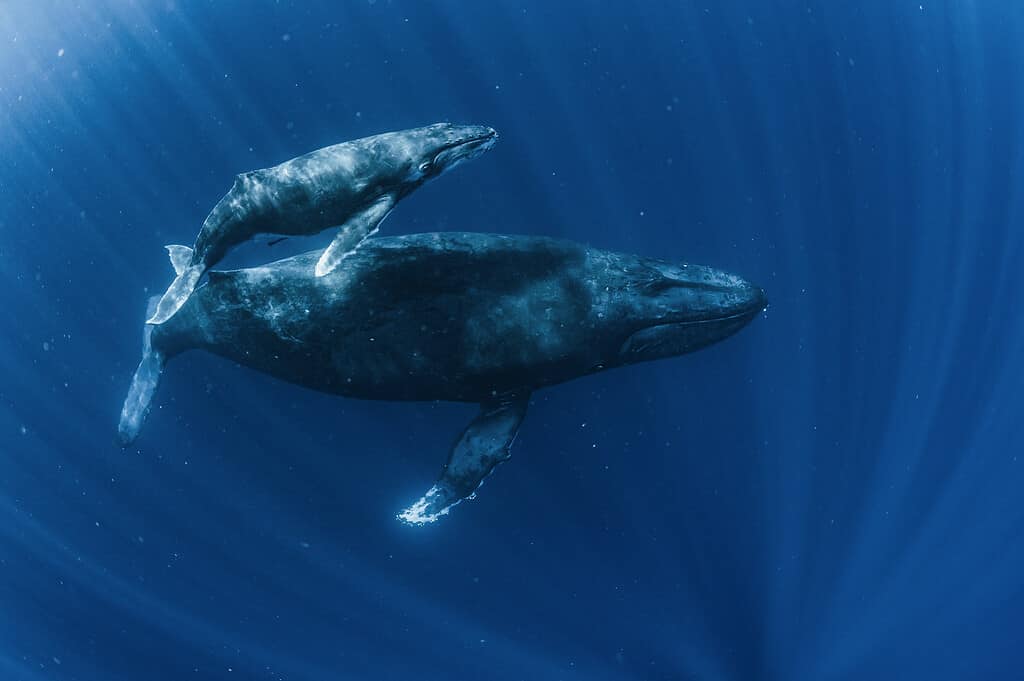
©iStock.com/inusuke
Where to Find The Top Wild Animals in Hawaii
To find many of the most popular wild animals in Hawaii you’ll want to take an official wildlife tour. If you take an ocean-based tour you may see monk seals, humpback whales, manta rays, sharks, and dolphins.
If you don your snorkel gear and stick to the shallow waters and coral surrounding the island you may see giant sea turtles as well as beautiful coral reefs.
If you stick to land or to the Hawaiian rainforest you may glimpse chameleons and the hoary bat (the only native land mammal to Hawaii), mongoose, and the nene.
Recommended locations for wildlife sightings include:
- Iao Valley
- Makena State Park
- Diamond Head State Park
- Waimea Canyon State Park
- Kailua-Kona (dive site)
- Black Rock (dive site)
- Molokini Wall (dive site)
The Most Dangerous Animals In Hawaii Today
Hawaii is generally free from dangerous wildlife and poisonous creatures, making it an ideal eco-tourist destination. However, there are still a few animals you’ll want to avoid when traveling there.
While there are technically no snakes in Hawaii, there are some sea snakes like the Yellow-Bellied Sea Snake (Hydrophis platurus). There are also sharks in the coastal waters around the islands, such as tiger sharks and great white sharks. While the likelihood of an attack from a shark is extremely low it could easily be fatal. Keep in mind that there have been a grand total of 11 recorded shark fatalities in Hawaii since 1828, almost all around Maui.
There are also Conus (Conidae), a cone snail with a toxin that can be deadly to humans. The creature feeds on small fish and marine worms. And lastly, Black Widow (Latrodectus Mactans) spiders can be found on the island as well, though they are hardly ever fatal.
Endangered Animals in Hawaii
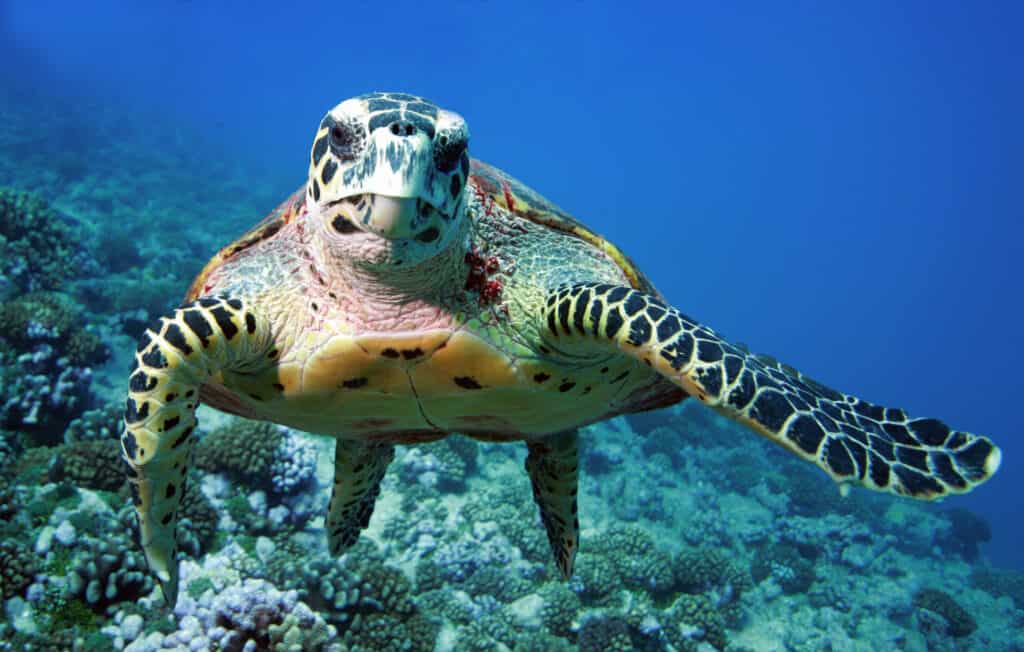
Sea turtles are one species that is endangered in Hawaii.
©Achimdiver/Shutterstock.com
Hawaiian endangered animals include:
- Nene goose – The official state bird of Hawaii
- Oahu Tree snails – A colorful snail with as few as 100 known subspecies in existence. Frequently threatened by chameleons as predators.
- Hawaiian Monk Seals – The only native seal to Hawaii
- Hawaiian Hoary Bat – One of only two native mammals in Hawaii
- Sea Turtle – Highly sensitive to pollution and habitat destruction. Getting close can result in major fines.
- Crested Honeycreeper – Large birds found in Maui. It is estimated that only 3,800 remain today.
- Hawaiian Moorhen – A dark charcoal-colored bird with a distinctive bright red beak
- Hawaiian Hawk – A solitary raptor currently believed to only breed on the big island
Below you can find a complete list of Hawaiian animals. We currently track 176 animals in the United States (Hawaii) and are adding more every day!
The Largest Animals Found in Hawaii
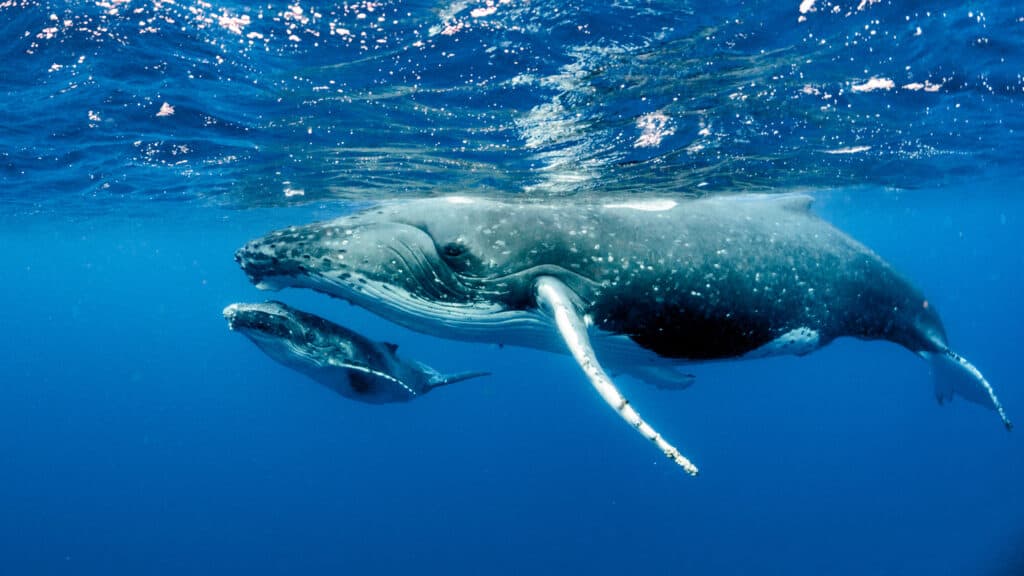
©Imagine Earth Photography/Shutterstock.com
Hawaii is known for its breathtaking natural beauty and unique ecosystem, home to a variety of flora and fauna found nowhere else in the world. Among the many fascinating creatures that inhabit the islands, some of the most impressive is the largest animals found in Hawaii.
From giant whales to enormous sea turtles, these creatures inspire awe and wonder in visitors and locals alike. Let’s take a closer look at the largest animals found in Hawaii, exploring their characteristics, behaviors, and habitats, and learning what makes them so special.
Here are large animals found in Hawaii:
- Humpback whales
- Green sea turtles
- Spinner dolphins
- Manta rays
- False killer whales
- Tiger sharks
- Hawaiian monk seals
Rarest Animals in Hawaii
Hawaii is known for its beautiful beaches, lush rainforests, and unique wildlife. However, many of the animal species native to Hawaii are now endangered or threatened due to habitat loss, invasive species, and other human activities.
Let’s explore some of the rarest animals in Hawaii:
- Hawaiian Monk Seal: The Hawaiian monk seal is a critically endangered species of seal that’s found only in Hawaii. The population of these seals has been declining for decades due to hunting, disease, and habitat loss. Today, there are estimated to be fewer than 1,400 Hawaiian monk seals left in the wild.
- Hawaiian Hoary Bat: The Hawaiian hoary bat is a unique species of bat that’s found only in Hawaii. It’s the only land mammal native to Hawaii and is listed as an endangered species due to habitat loss and the effects of pesticides on its prey. The Hawaiian hoary bat is one of the rarest bat species in the world, with an estimated population of fewer than 1,000 individuals.
- Nene Goose: The nene goose, also known as the Hawaiian goose, is the state bird of Hawaii and is an endangered species. The population of these geese was once reduced to just 30 individuals, but conservation efforts have helped to increase the population to around 3,000 individuals. Habitat loss, hunting, and predation by non-native species continue to threaten the nene goose’s survival.
- Hawaiian Crow: The Hawaiian crow, also known as the alala, is a critically endangered species of crow that’s found only in Hawaii. The population of these crows has declined drastically due to habitat loss, disease, and predation by non-native species. Today, there are believed to be fewer than 200 Hawaiian crows left in the wild.
- Hawaiian Happy-Face Spider: The Hawaiian happy-face spider is a unique and colorful species of spider that’s found only in Hawaii. It’s one of the rarest spiders in the world and is listed as a vulnerable species due to habitat loss and the effects of climate change. The happy-face spider gets its name from the distinct smiley-face pattern on its abdomen.
In conclusion, Hawaii is home to a diverse range of animal species, but many are now endangered or threatened due to human activities.
Snakes in Hawaii
There are no native snakes found in Hawaii. Because the Hawaiian ecosystem consists of species that have adapted to environments free of snakes, their taking hold on the island could be catastrophic to local wildlife. There are one snake species that is widespread in Hawaii, but it’s a harmless snake named the Brahminy blind snake that is only six inches and preys on insects like ants.
Invasive species like boa constrictors, garter snakes, and ball pythons have all been found in Hawaii in limited numbers. Also, be aware that yellow-bellied sea snakes could be found in the waters around the islands, but there is no record of anyone being attacked by one in the state.
There are two species of ticks found in Hawaii; the brown dog tick and the spinose ear tick.
Native Plants and Climate of Hawaii
You can’t imagine Hawaii without envisioning thick, verdant plant life accented with brilliantly colored flowers. There are different types of plants and trees that grow in this western state. Some of these native plants include pua kala, kou, hinahina, and blue morning glory.
Hawaii is in the tropics and is well-known for its year-round, mostly warm climate. The state only really has two seasons — summer (May-October) and winter (October-April). The average temperatures by month are the following:
| Month | Average High (°F) | Average Low (°F) |
|---|---|---|
| January | 79.2 | 65.9 |
| February | 79.3 | 66.3 |
| March | 80.0 | 67.2 |
| April | 81.1 | 68.3 |
| May | 82.5 | 69.7 |
| June | 84.1 | 71.5 |
| July | 85.5 | 72.6 |
| August | 85.9 | 73.0 |
| September | 85.0 | 72.4 |
| October | 83.4 | 71.3 |
| November | 81.4 | 69.6 |
| December | 79.6 | 67.4 |
Despite the warm temperatures seen here, believe it or not, Hawaii has recorded a temperature as low as 8°F before!
The Flag of Hawaii
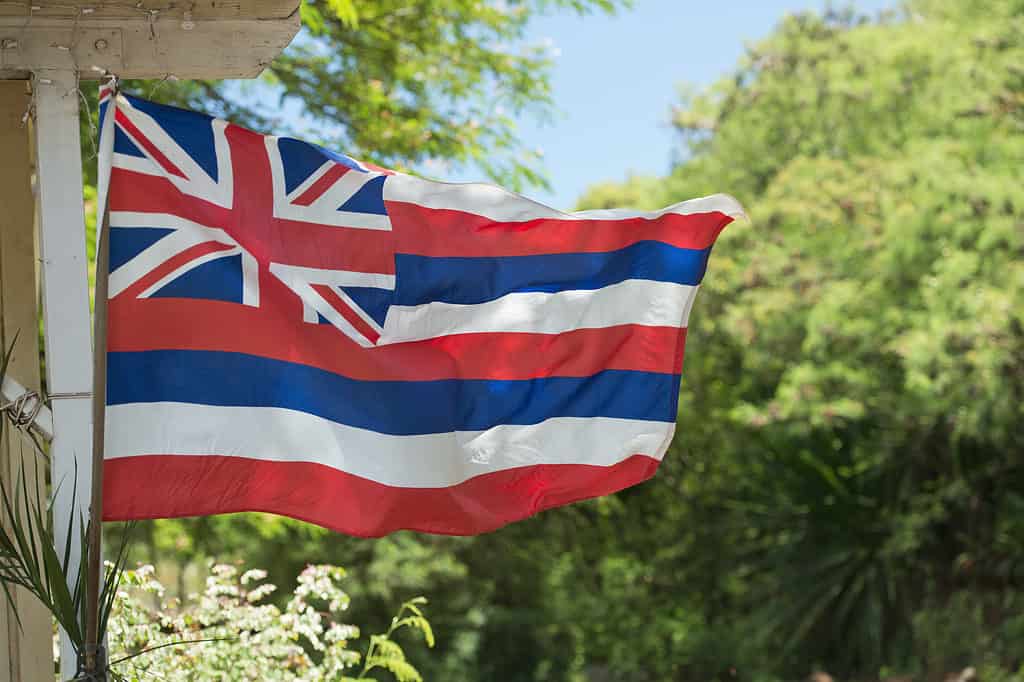
The flag of Hawaii, also known as the “Ka Hae Hawaiʻi” in Hawaiian, features a distinctive design that reflects the history and culture of the Hawaiian Islands.
©iStock.com/Andrea Izzotti
The flag of Hawaii, also known as the “Ka Hae Hawaiʻi” in Hawaiian, features a distinctive design that reflects the history and culture of the Hawaiian Islands. The flag consists of eight stripes of white, red, and blue, representing the eight main islands of Hawaii, with the Union Jack of the United Kingdom in the upper left corner, a nod to the period of British influence in Hawaii in the 19th century.
The center of the flag features the Hawaiian royal coat of arms, which includes a shield with a cross and eight alternating triangles in white, representing the eight islands, and red, representing the blood of warriors.
The current design of the Hawaiian flag was first created in 1816 by King Kamehameha I, who sought to unify the islands under a single banner. At the time, the flag featured only the Union Jack in the corner and a red and white stripe pattern.
The flag of Hawaii has eight horizontal stripes which represent the eight main islands. The red stripes signify the Hawaiian gods, the white stripes indicate truth and the blue stripes symbolize the surrounding ocean. An alternative theory is that the red, white, and blue are a representation of Hawaii’s history with Britain, America, and France. Hawaii is the only U.S. state to include the flag of another country in its flag.
Endangered Animals in Hawaii
Hawaii is home to over 483 endangered species. From the Anthricinan Yellow-Faced Bee to the Pacific Hawaiian Damselfly, there are tons of unique and beautiful animals whose populations are rapidly declining. Most of these animals are endangered due to human interference. These interferences include habitat destruction caused by development and urbanization along coastal areas where they live.
More Articles Related to Hawaii
Read about:
- best swimming spots in Hawaii: lakes, rivers, and more
- extinct animals that lived in Hawaii.
- amazing waterfalls in Oahu, Hawaii.
- the best national parks in Hawaii.
- the best bird-watching spots in Hawaii.
- the best dog parks in Honolulu, Hawaii.
- the best waterfalls in Maui, Hawaii.
- the top waterfalls in Hawaii.
- incredible waterfalls in Kauai, Hawaii.
- the beaches with the most shark attacks in Maui, Hawaii.
- the longest biking trail in Hawaii.
- Native Plants in Hawaii
Hawaiian Animals
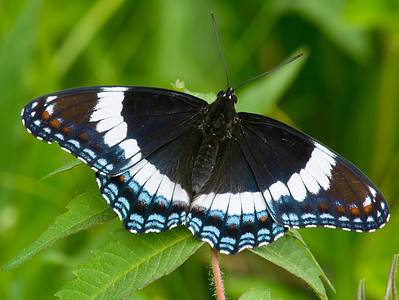
Admiral Butterfly
Stunningly beautiful wings
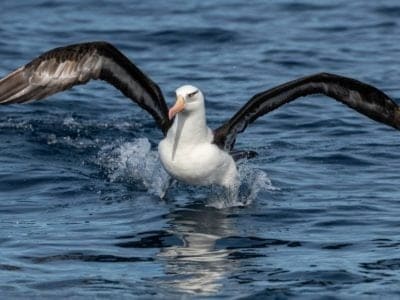
Albatross
The largest wingspan of any bird in the world!

American Coonhound
Easygoing and people-friendly!
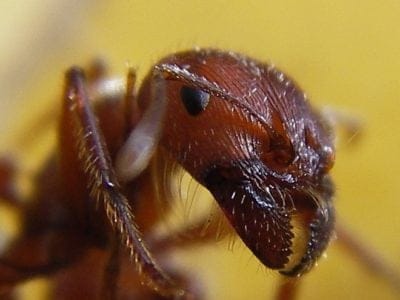
Ant
First evolved 100 million years ago!
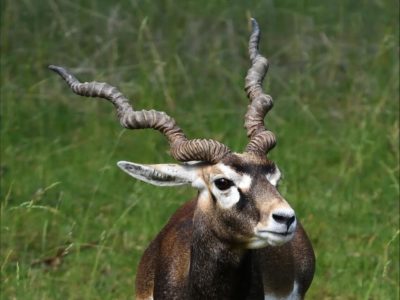
Antelope
Renew their horns every year!
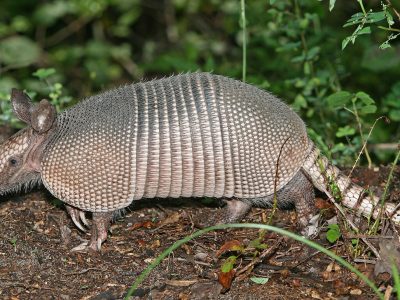
Armadillo
Can curl into a hard, protective ball!
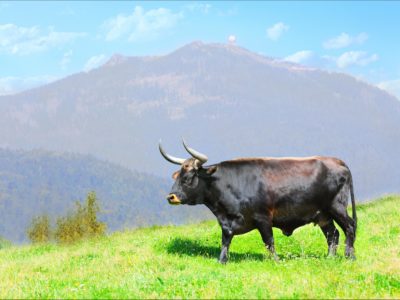
Aurochs
Extinct ancestor of all domesticated cattle!

Balinese
Playful and energetic breed!

Barn Owl
Found everywhere around the world!
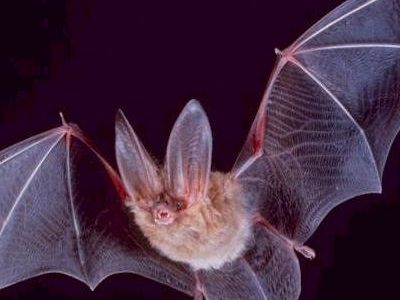
Bat
Detects prey using echolocation!

Bea-Tzu
The Bea-Tzu has a fast-growing coat

Beabull
An excellent companion for cats!

Bear
There are 8 different species!
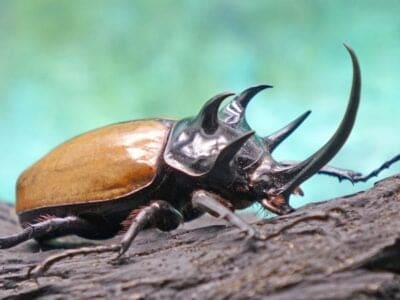
Beetle
There are more than 350,000 different species
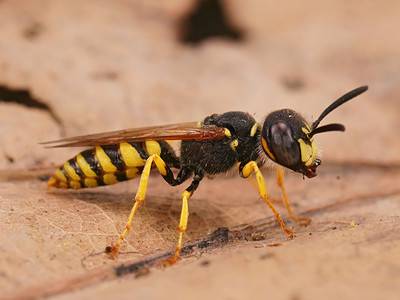
Beewolf wasp
They hunt bees

Bird
Not all birds are able to fly!
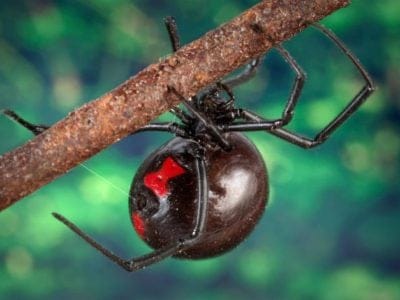
Black Widow Spider
They typically prey on insects!

Black Witch Moth
Some folklore associate Black Witch Moths with bad luck (and even death!), while other associates them with good fortune.

Bluetick Coonhound
Has an uncanny knack for problem-solving!

Bombay
Bred to look like a black panther!
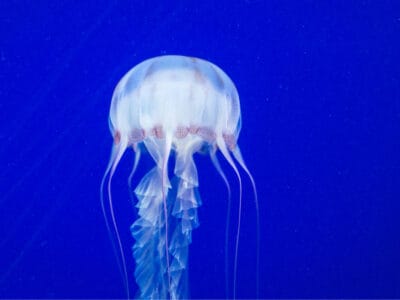
Box Jellyfish
Venomous marine animals
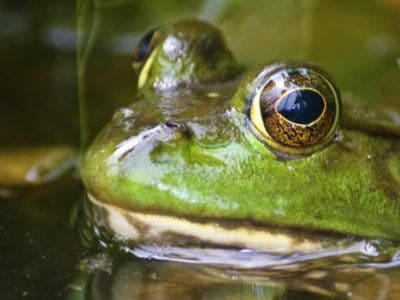
Bullfrog
Has loud cow-like calls!
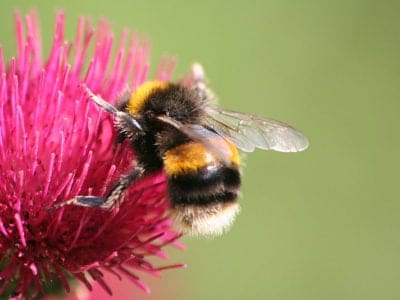
Bumblebee
The most common species of bee!
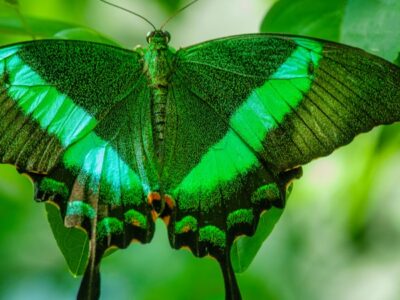
Butterfly
There are thought to be up 17,500 species!
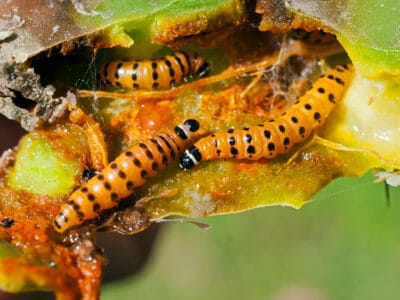
Cactus Moth
Cactus moths can cause serious damage to cacti in locations where they have no predators.
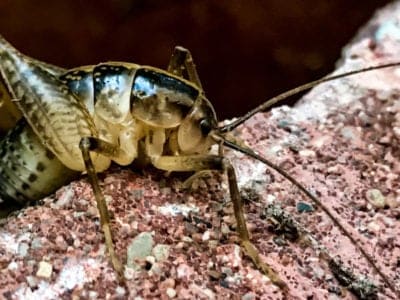
Camel Cricket
The camel crickets that are found in the USA are light brown in color. They also have dark streaks all over their body.
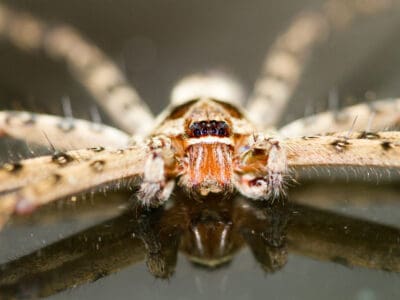
Cane Spider
Cane spiders don't spin webs to catch prey

Carolina Dog
Wild dog breed discovered in the 1970s!

Cat
May have been domesticated up to 10,000 years ago.
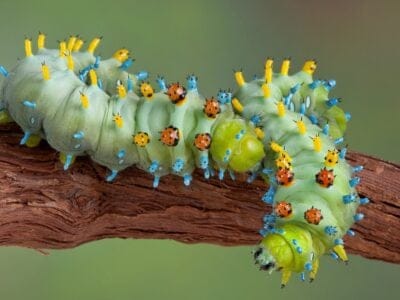
Caterpillar
The larvae of a moth or butterfly!
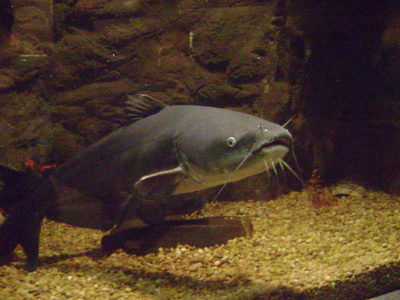
Catfish
There are nearly 3,000 different species!

Chicken
First domesticated more than 10,000 years ago!

Coati
Found in dense forests and wet jungles!
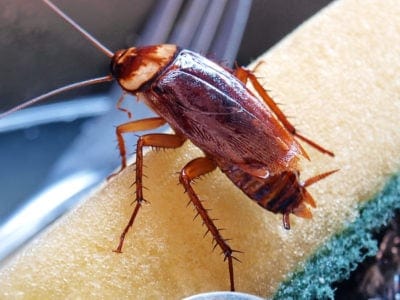
Cockroach
Dated to be around 300 million years old!
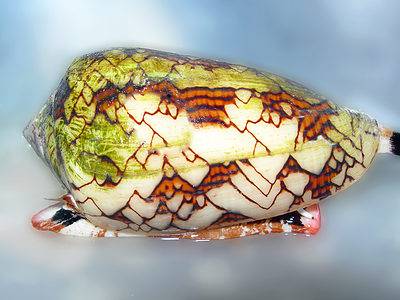
Cone Snail
Beautiful, but deadly!
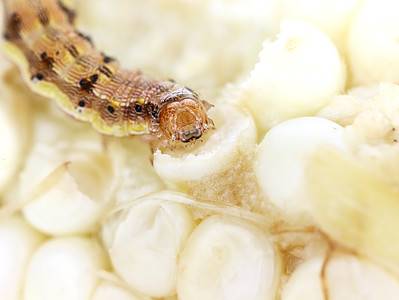
Corn Earworm
The corn earworm is capable of devouring an entire crop in just a few days
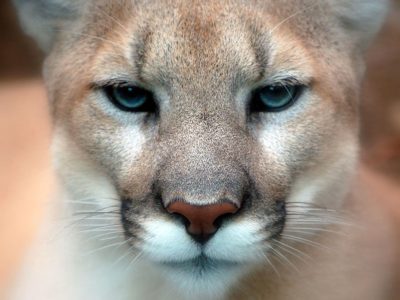
Cougar
The Second Largest feline in North America

Cow
There are nearly 1.5 billion worldwide!
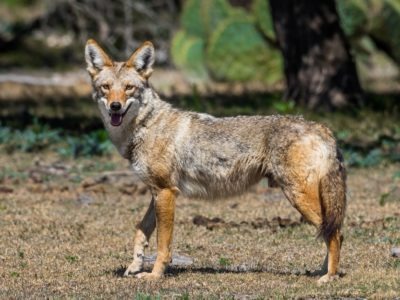
Coyote
Also known as the Prairie Wolf!

Crab
There are 93 different crab groups
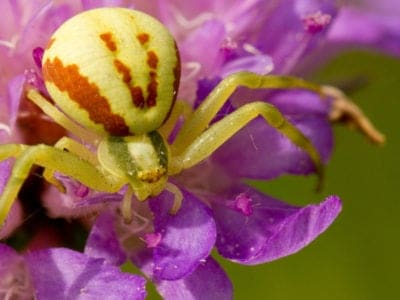
Crab Spider
Crab Spiders can mimic ants or bird droppings
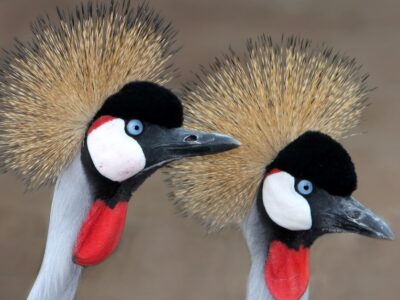
Crane
Many are critically endangered species!
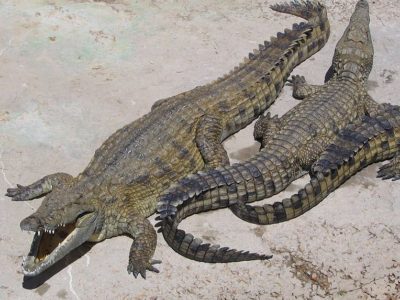
Crocodile
Have changed little in 200 million years!
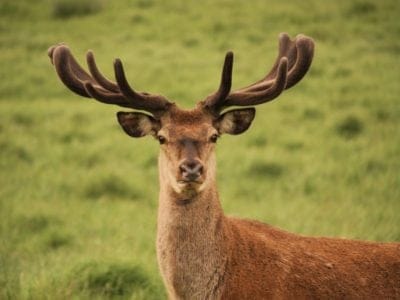
Deer
There are around 40 different species!
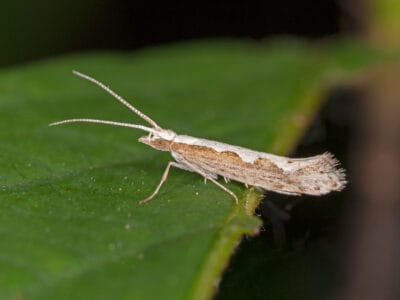
Diamondback Moth
Adult males make high amplitude boing noise to attract females

Dog
First domesticated in South-East Asia!
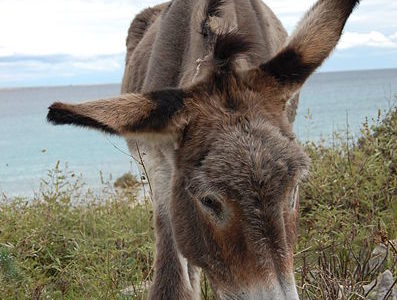
Donkey
First domesticated 5,000 years ago!

Doxle
Doxles have long floppy ears
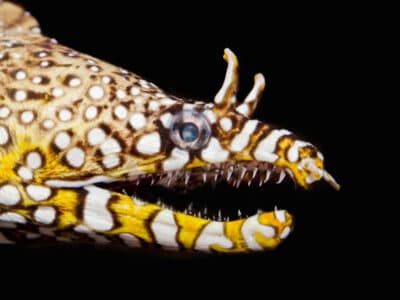
Dragon Eel
Dragon eels have double jaws and two sets of razor-sharp teeth
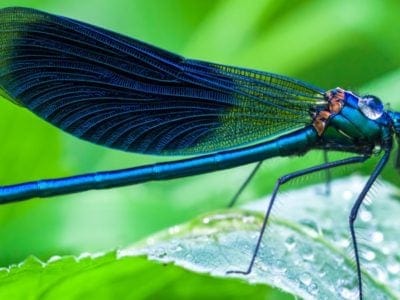
Dragonfly
It's larvae are carnivorous!

Duck
Rows of tiny plates line their teeth!
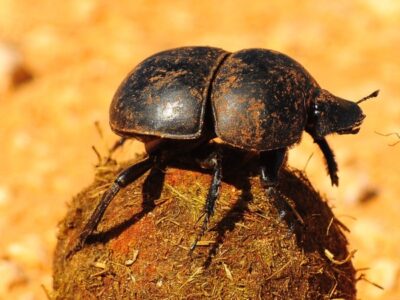
Dung Beetle
The dung beetle can push objects many times its own weight
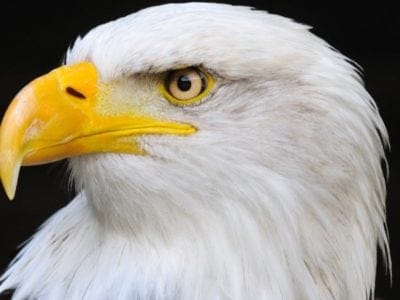
Eagle
Has exceptional eyesight!
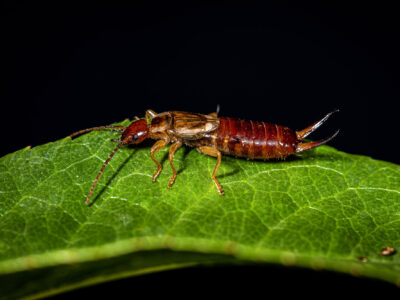
Earwig
There are nearly 2,000 different species!

Eel
Eels can be a mere few inches long to 13 feet!

English Shepherd
Highly intelligent and independent!

Falcon
The fastest creatures on the planet!

Flea
Adult fleas can jump up to 7 inches in the air

Fly
There are more than 240,000 different species!
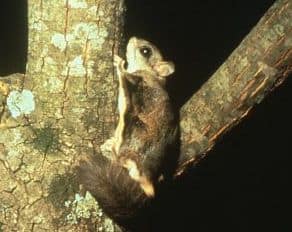
Flying Squirrel
Can glide up to 90 meters!

Fox
Only 12 species are considered "true foxes"
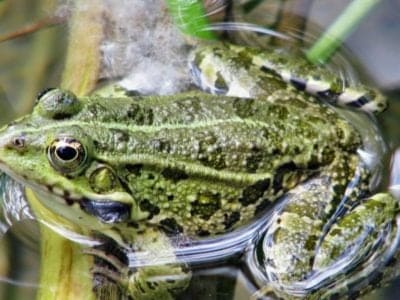
Frog
There are around 7,000 different species!
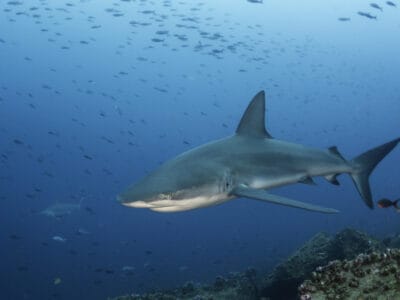
Galapagos Shark
Galapagos sharks are cannibalistic and sometimes eat their young, so the pups stay away from the adults in shallow water.
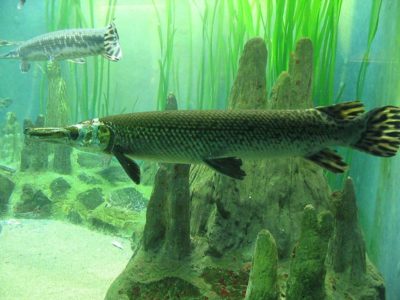
Gar
Can grow to more than 3m long!
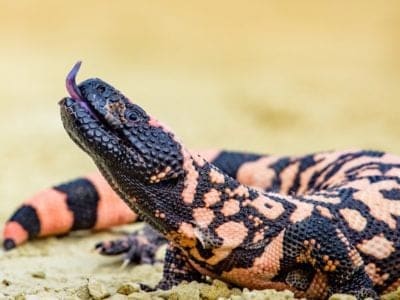
Gila Monster
This lizard's tail acts as a fat-storage facility!
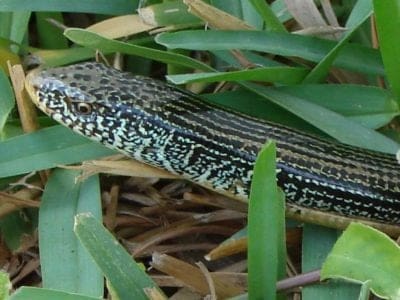
Glass Lizard
Can grow up to 4ft long!
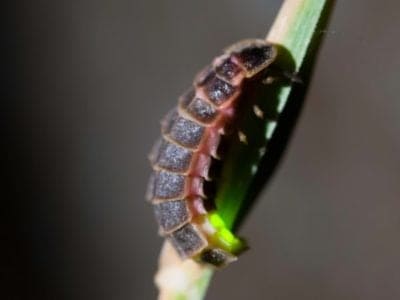
Glowworm
Found inhabiting dense woodland and caves!
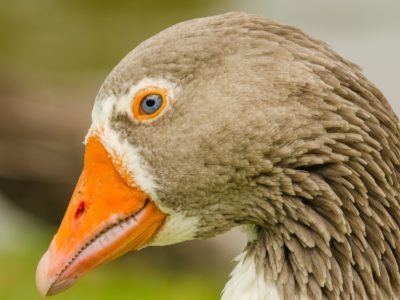
Goose
There are 29 different species!

Gopher
They dig large networks of tunnels!
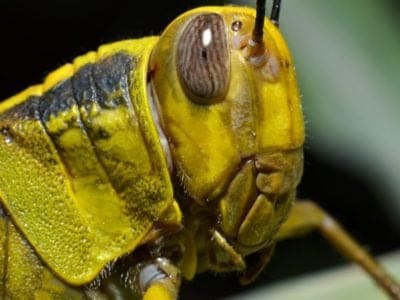
Grasshopper
There are 11,000 known species!
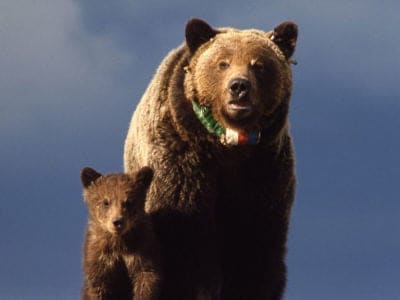
Grizzly Bear
Less than 10% make it into adulthood

Hamster
Able to run as quickly backwards as forwards!

Hare
Can reach speeds of over 50 mph!

Hawaiian Goose (Nene)
They have the longest breeding season of any goose.
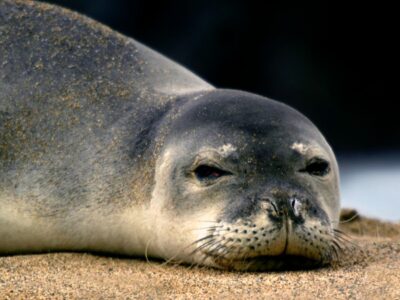
Hawaiian Monk Seal
Hawaiian name is "Ilio-holo-i-ka-uaua," meaning "the dog which runs in rough waters.
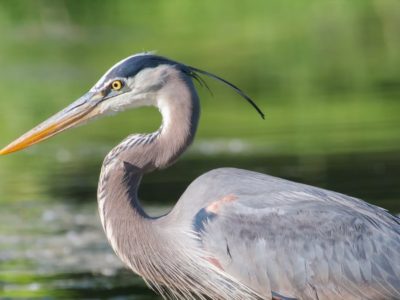
Heron
Inhabits wetlands around the world!
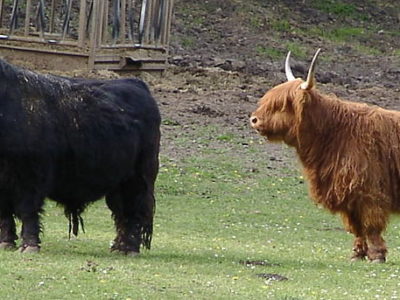
Highland Cattle
Natively found in the Scottish Highlands!

Himalayan
Also known as the Colorpoint Persian!
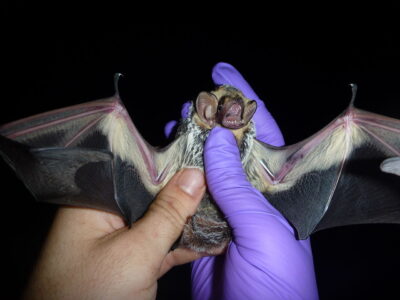
Hoary Bat
The hoary bat travels hundreds of miles south for the winter
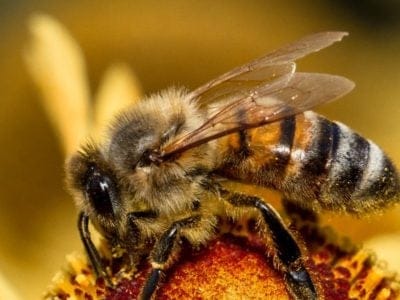
Honey Bee
There are only 8 recognized species!

Horse
Has evolved over 50 million years!
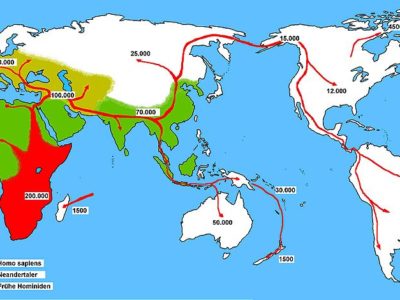
Human
Thought to have orignated 200,000 years ago!

Insects
There are an estimated 30 million species!
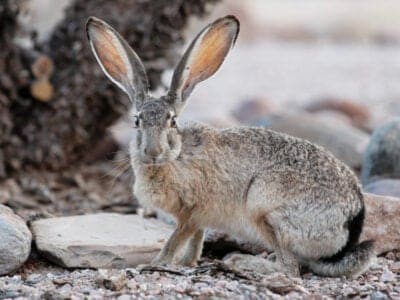
Jackrabbit
They can run as fast as 45 mph.
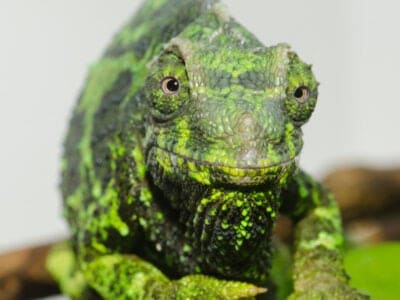
Jackson’s Chameleon
Have jousting battles with their horns.

Javanese
Features that closely resemble a Siamese cat!
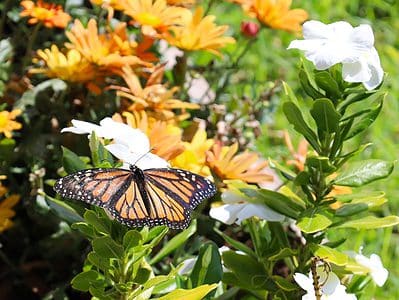
Kamehameha Butterfly
State insect of Hawaii
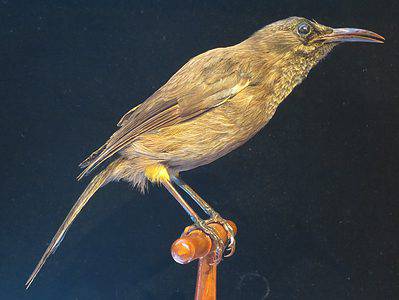
Kaua’i ‘Ō‘ō
Calls could be heard up to a quarter mile away
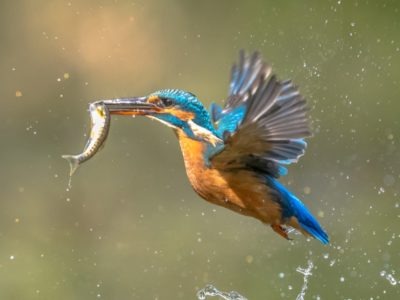
Kingfisher
Inhabits wetlands and woodlands worldwide!
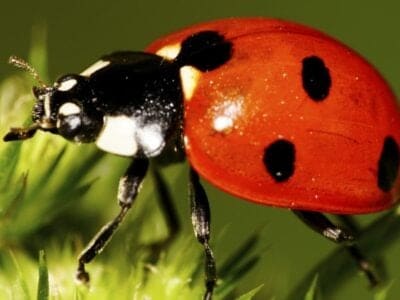
Ladybug
There are more than 5,000 species worldwide!
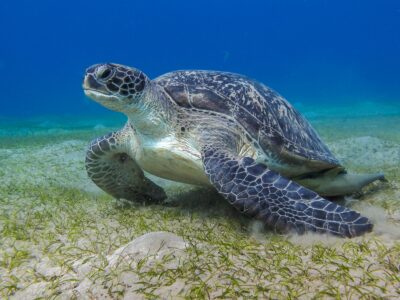
Leatherback Sea Turtle
They are the largest living turtle and the only sea turtle without a hard shell!

Liger
The offspring of a lion and tiger parents!
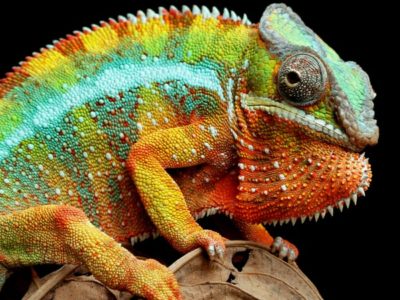
Lizard
There are around 5,000 different species!
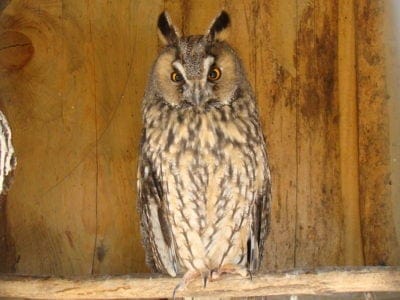
Long-Eared Owl
Ear tufts make it look bigger!
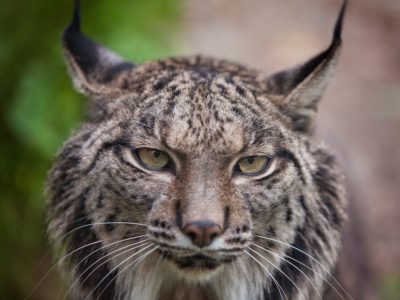
Lynx
Live in dens in rocks and under ledges!
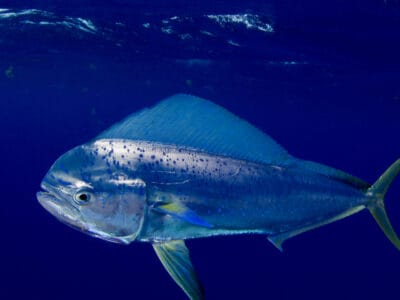
Mahi Mahi (Dolphin Fish)
It's called the rabbit of the ocean because it multiplies so quickly.

Maine Coon
Folklore says it's half cat, half raccoon!
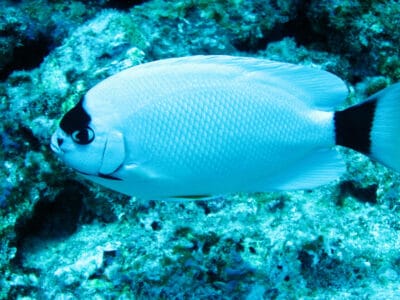
Masked Angelfish
All masked angelfish are female until sometime after sexual maturity, at which point some become male.
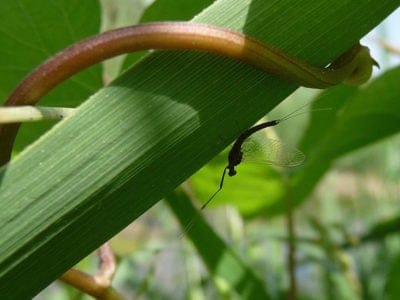
Mayfly
There are 2,500 known species worldwide!

Mealybug
They have a symbiotic relationship with ants.
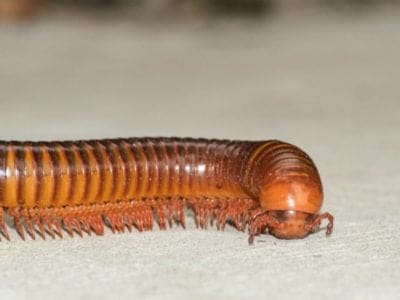
Millipede
Some species have a poisonous bite!
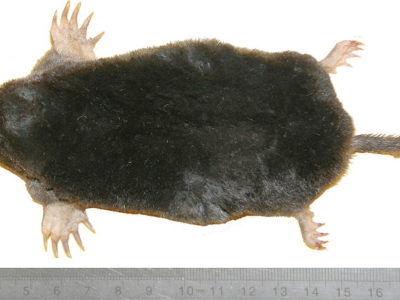
Mole
Primarily hunts and feeds on Earthworms!

Mongrel
Has characteristics of two or more breeds!
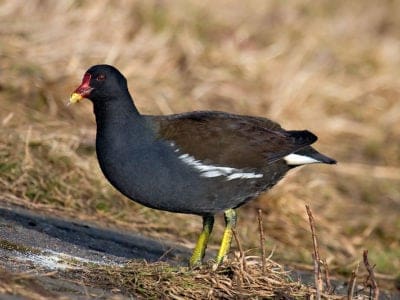
Moorhen
Feeds on aquatic insects and water-spiders!
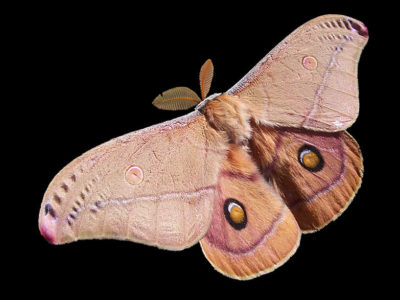
Moth
There are 250,000 different species!
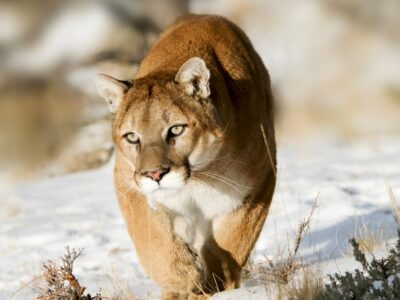
Mountain Lion
Has no real natural predators!
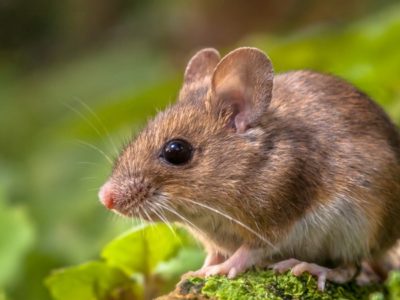
Mouse
Found on every continent on Earth!
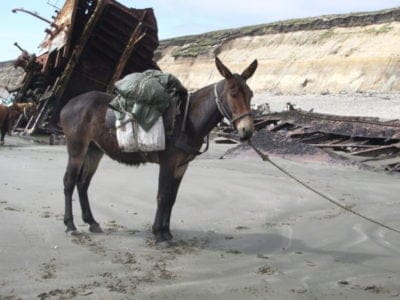
Mule
The offspring of a horse and donkey parents!

Nematode
Nematodes range in size from 1/10 of an inch to 28 feet long
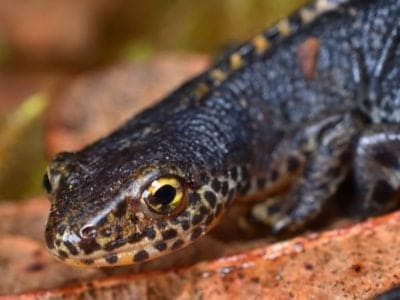
Newt
Able to regrow lost or damaged limbs!
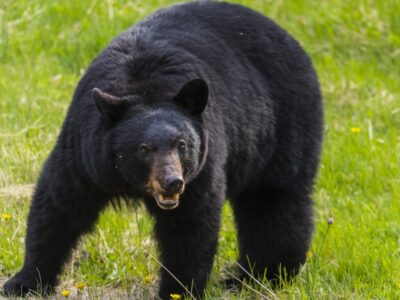
North American Black Bear
Short claws make them good tree climbers!
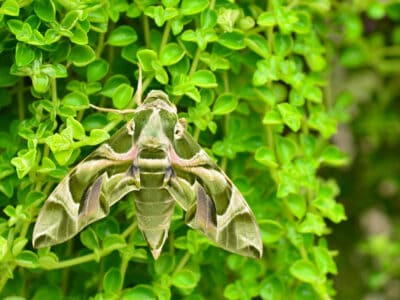
Oleander Hawk Moth
Oleander hawk moth caterpillars feed on the foliage of oleander, an extremely toxic plant to which they are immune.
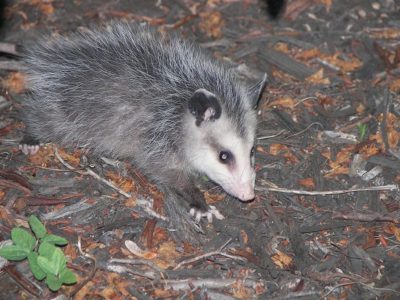
Opossum
Thought to be immune to certain snake venom!

Orb Weaver
Females are about four times the size of males
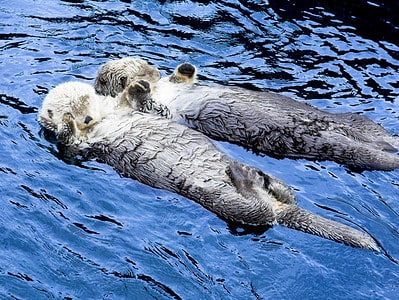
Otter
There are 13 different species worldwide

Owl
The owl can rotate its head some 270 degrees
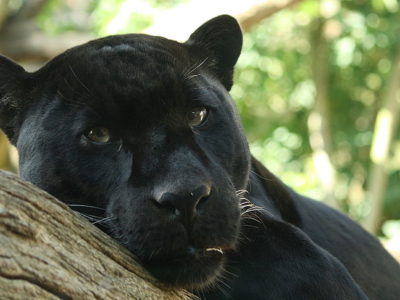
Panther
Prefers to hunt at night than during the day!
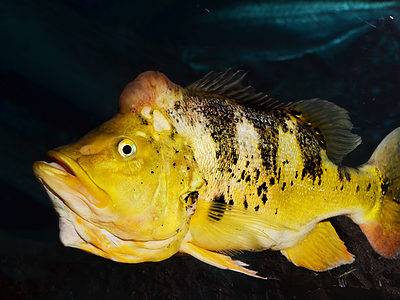
Peacock Bass
Peacock bass is known for their aggressive behavior and predatory instincts, making them a challenging target for sport fishermen.
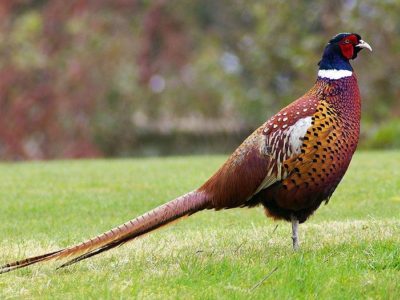
Pheasant
Females lay between 8 and 12 eggs per clutch!

Pig
Thought to have been domesticated in 9,000 BC!
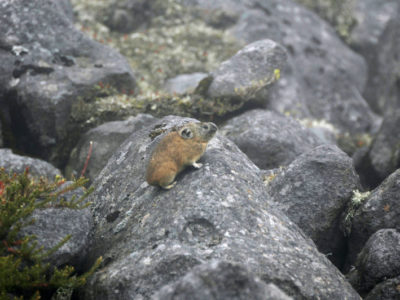
Pika
Found in mountainous regions and rocky areas
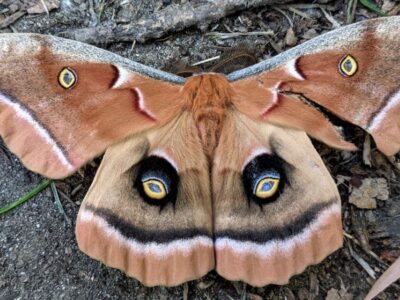
Polyphemus Moth
The Polyphemus moth doesn’t and can't eat, except when it's a caterpillar!
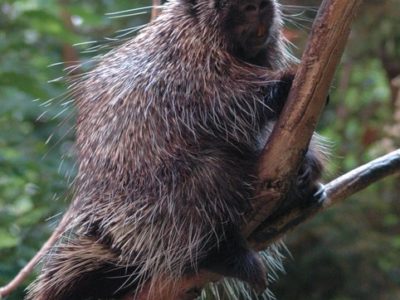
Porcupine
There are 30 different species worldwide!
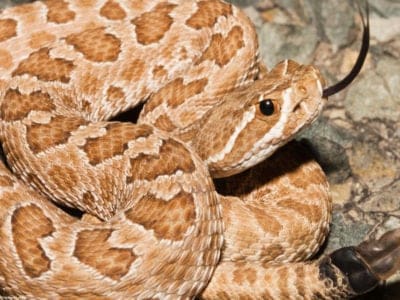
Prairie Rattlesnake
The striking distance of a prairie rattlesnake is 2/3rds the length of its body.
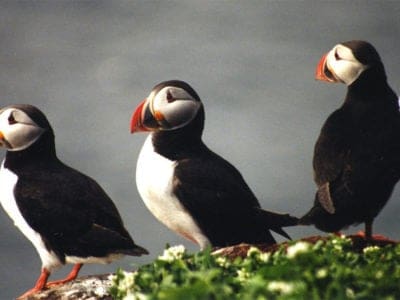
Puffin
Can remain in the water for up to 2 minutes!
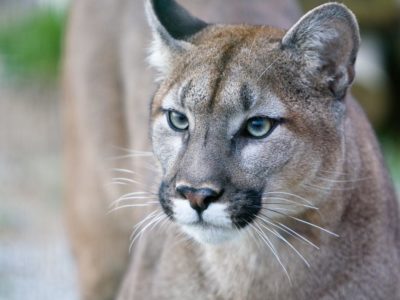
Puma
Has longer back legs than front legs!
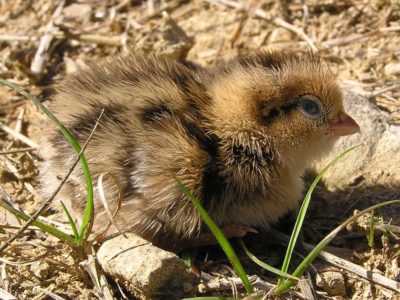
Quail
Inhabits woodland and forest areas worldwide!

Rabbit
There are more than 300 different species!
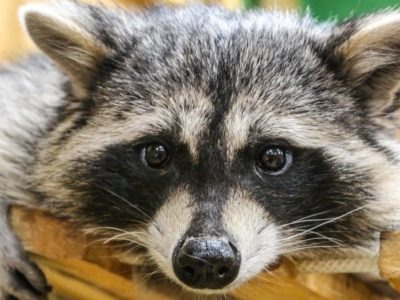
Raccoon
Known to wash their food before eating it!

Rat
Omnivores that eat anything!
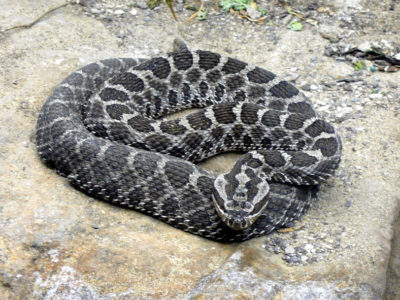
Rattlesnake
Rattlesnakes may have evolved their rattle to warn bison away from them.
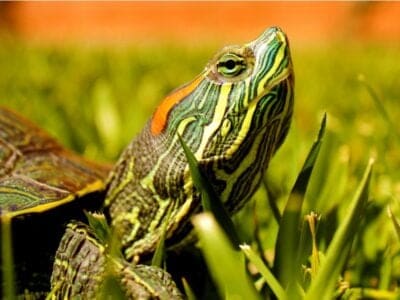
Red-Eared Slider
Sliders spend lots of time basking in the sun. As cold-blooded animals, they need the sun to heat up.
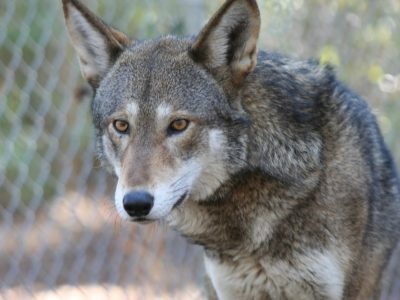
Red Wolf
There are only 17-19 in the wild!

River Turtle
Inhabits freshwater habitats around the world!
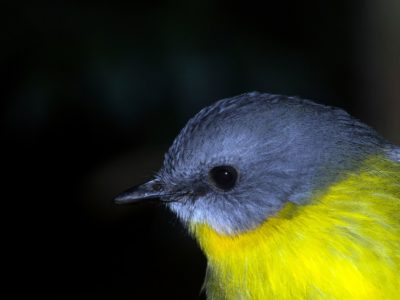
Robin
There are more than 45 species in Australia alone!
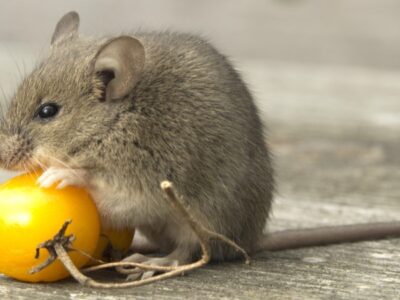
Rodents
The capybara, the world’s largest rodent, likes to be in and around bodies of water. Because of this, the Catholic Church in South America decided that it was a fish, and people were allowed to eat it during Lent and First Fridays.

Rooster
Will mate with the entire flock!

Ruddy Turnstone
They flip over stones to find prey
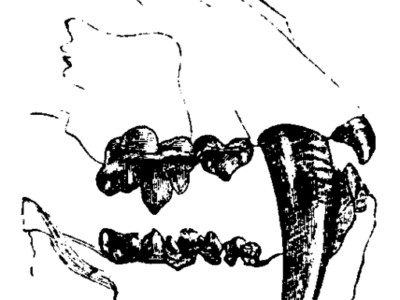
Saber-Toothed Tiger
Canines up to 7 inches long!
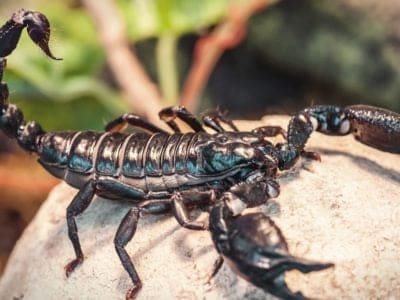
Scorpion
There are around 2,000 known species!
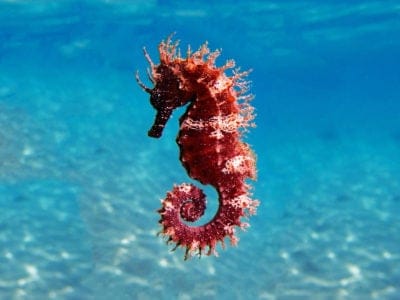
Seahorse
Males give birth to up to 1,000 offspring!

Sheep
Around 35 million in the English countryside!

Shrimp
There are 2,000 different species worldwide!
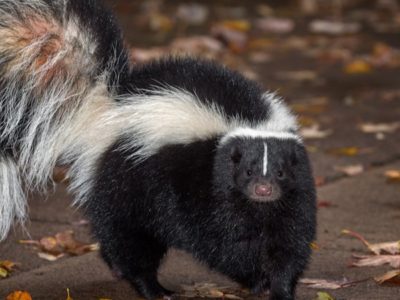
Skunk
Also known as the Polecat!
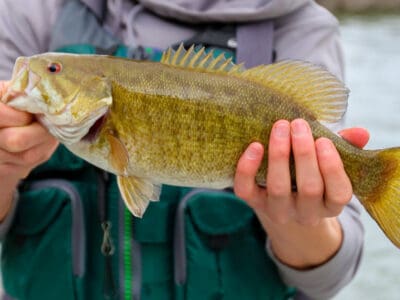
Smallmouth Bass
A fierce fighter!

Smokybrown Cockroach
Has up to 45 eggs per egg case

Snail
There are nearly 1,000 different species!
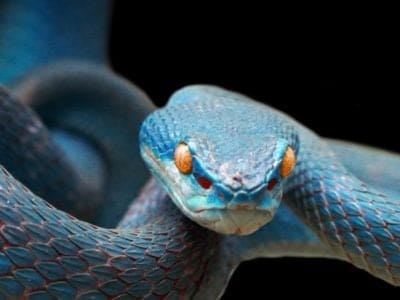
Snake
There are around 4,000 known species worldwide

Snorkie
Snorkies are known for their funny, attention-getting antics.
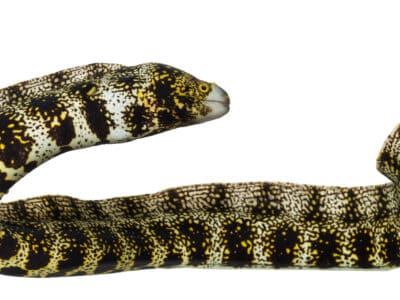
Snowflake Eel
Snowflake Eel have two jaws to help them swallow their food.
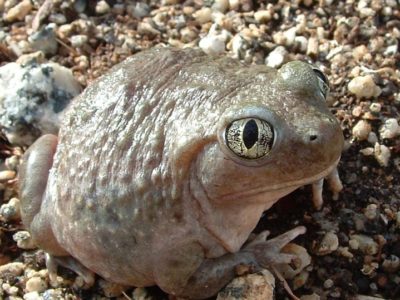
Spadefoot Toad
They spend most of their time underground!
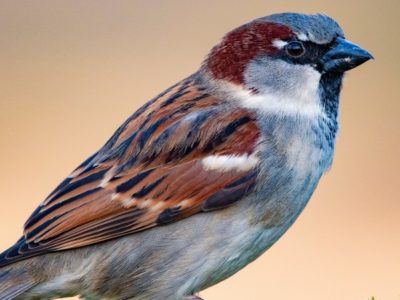
Sparrow
There are 140 different species!

Squirrel
Small rodents found in woodlands worldwide!
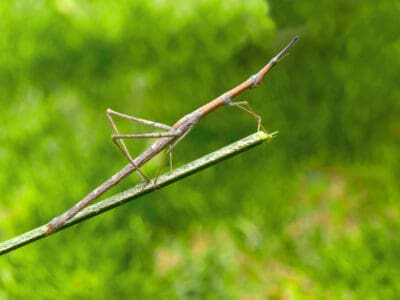
Stick Insect
There are more than 3,000 different species!
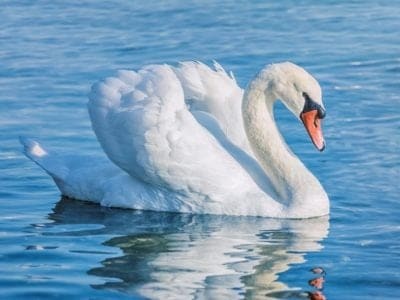
Swan
Populations have been affected by pollution!
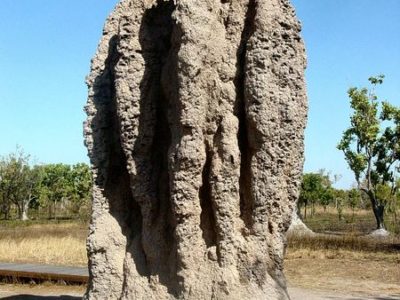
Termite
Their mounds can be up to 9 meters tall!
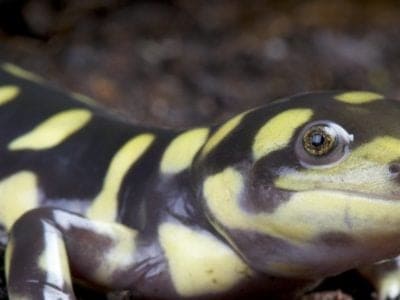
Tiger Salamander
Found across the North American wetlands!

Torkie
The Torkie is alert and very vocal so it makes a great watchdog.
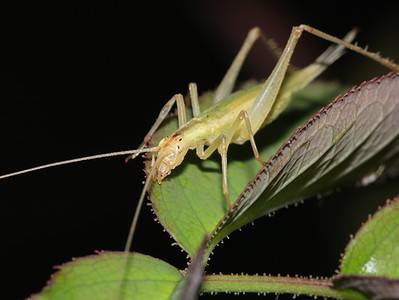
Tree Cricket
They make music with their wings
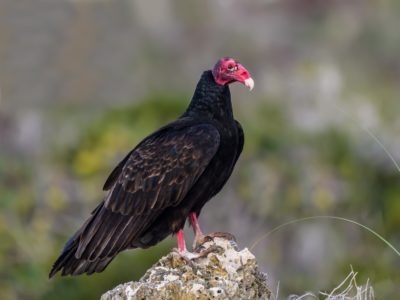
Vulture
There are 30 different species worldwide!
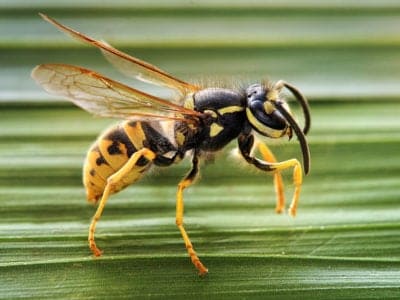
Wasp
There are around 75,000 recognised species!
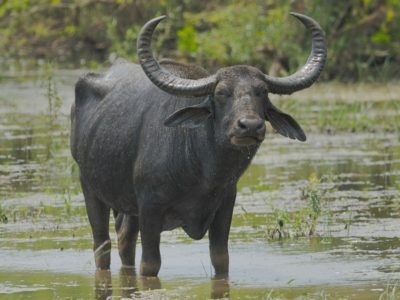
Water Buffalo
Has been domesticated for thousands of years!

Weasel
The smallest carnivorous mammal in the world!
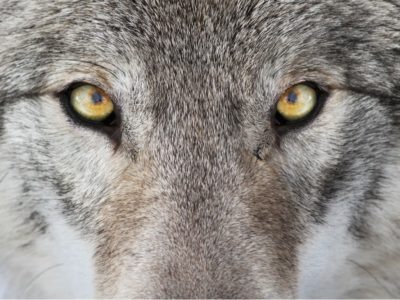
Wolf
Thought to date back more than 300,000 years!
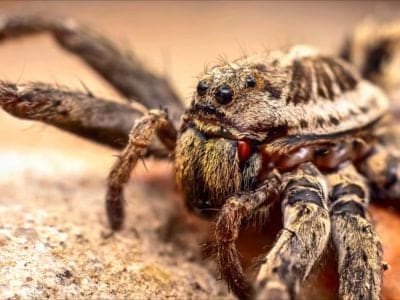
Wolf Spider
Carnivorous arachnid that hunts its prey.
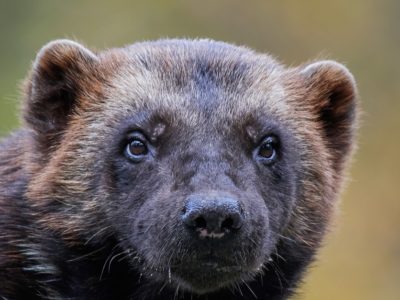
Wolverine
Releases a strong smelling musk in defence!
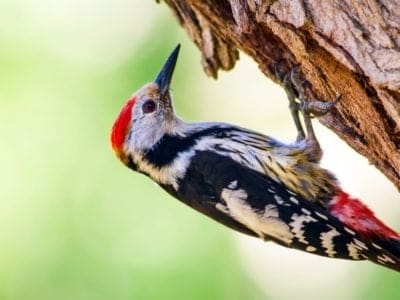
Woodpecker
There are 200 different species!
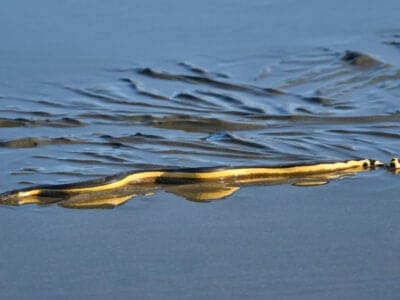
Yellow-Bellied Sea Snake
Sea snakes spend approximately 90% of their lives under water.

Yoranian
These dogs are very intelligent and are great with children.
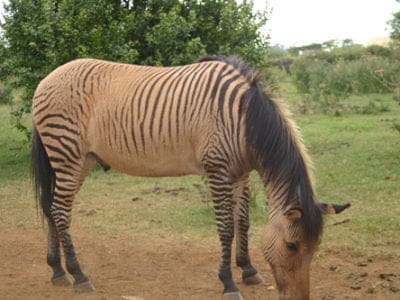
Zorse
The offspring of a Zebra and Horse parents!
Hawaiian Animals List
- Admiral Butterfly
- Albatross
- American Coonhound
- Ant
- Antelope
- Armadillo
- Aurochs
- Balinese
- Barn Owl
- Bat
- Bea-Tzu
- Beabull
- Bear
- Beetle
- Beewolf wasp
- Bird
- Black Widow Spider
- Black Witch Moth
- Bluetick Coonhound
- Bombay
- Box Jellyfish
- Bullfrog
- Bumblebee
- Butterfly
- Cactus Moth
- Camel Cricket
- Cane Spider
- Carolina Dog
- Cat
- Caterpillar
- Catfish
- Chicken
- Coati
- Cockroach
- Cone Snail
- Corn Earworm
- Cougar
- Cow
- Coyote
- Crab
- Crab Spider
- Crane
- Crocodile
- Deer
- Diamondback Moth
- Dog
- Donkey
- Doxle
- Dragon Eel
- Dragonfly
- Duck
- Dung Beetle
- Eagle
- Earwig
- Eel
- English Shepherd
- Falcon
- Flea
- Fly
- Flying Squirrel
- Fox
- Frog
- Galapagos Shark
- Gar
- Gila Monster
- Glass Lizard
- Glowworm
- Goose
- Gopher
- Grasshopper
- Grizzly Bear
- Hamster
- Hare
- Hawaiian Goose (Nene)
- Hawaiian Monk Seal
- Heron
- Highland Cattle
- Himalayan
- Hoary Bat
- Honey Bee
- Horse
- Human
- Insects
- Jackrabbit
- Jackson’s Chameleon
- Javanese
- Kamehameha Butterfly
- Kaua’i ‘Ō‘ō
- Kingfisher
- Kitefin Shark
- Ladybug
- Leatherback Sea Turtle
- Liger
- Lizard
- Long-Eared Owl
- Lynx
- Mahi Mahi (Dolphin Fish)
- Maine Coon
- Masked Angelfish
- Mayfly
- Mealybug
- Millipede
- Mole
- Mongrel
- Moorhen
- Moth
- Mountain Lion
- Mourning Gecko
- Mouse
- Mule
- Nematode
- Newt
- North American Black Bear
- Oleander Hawk Moth
- Opossum
- Orb Weaver
- Otter
- Owl
- Panther
- Peacock Bass
- Pheasant
- Pig
- Pika
- Pike Fish
- Polyphemus Moth
- Porcupine
- Prairie Rattlesnake
- Puffin
- Puma
- Quail
- Rabbit
- Raccoon
- Rat
- Rattlesnake
- Red-Eared Slider
- Red Wolf
- River Turtle
- Robin
- Rodents
- Rooster
- Ruddy Turnstone
- Saber-Toothed Tiger
- Scorpion
- Seahorse
- Sheep
- Shrimp
- Skunk
- Smallmouth Bass
- Smokybrown Cockroach
- Snail
- Snake
- Snorkie
- Snowflake Eel
- Spadefoot Toad
- Sparrow
- Squirrel
- Stick Insect
- Swallowtail Butterfly
- Swan
- Termite
- Tiger Salamander
- Torkie
- Tree Cricket
- Turkey
- Vulture
- Wasp
- Water Buffalo
- Weasel
- Wolf
- Wolf Spider
- Wolverine
- Woodpecker
- Yellow-Bellied Sea Snake
- Yellow Tang
- Yoranian
- Zorse
Animals in Hawaii FAQs (Frequently Asked Questions)
How old are the Hawaiian Islands?
The oldest Hawaiian Island is Kauai, which is about 5.1 million years old. The islands are forming as the Pacific Plate moves about 4 inches per year across a magma hotspot which forms volcanoes that breach the surface as it continues moving at a slow pace. The newest island is the Big Island, which formed about .7 million years ago. Over time, islands will continue forming to the East of the Big Island, with the next island known as Loihi. It’s expected to breach the ocean surface in between 10,000 and 100,00 years.
What are the biggest sharks in Hawaii?
The biggest shark in Hawaiian waters is the whale shark. Beyond the whale shark, great whites, megamouth sharks, tiger sharks, and other large species are in Hawaii.



